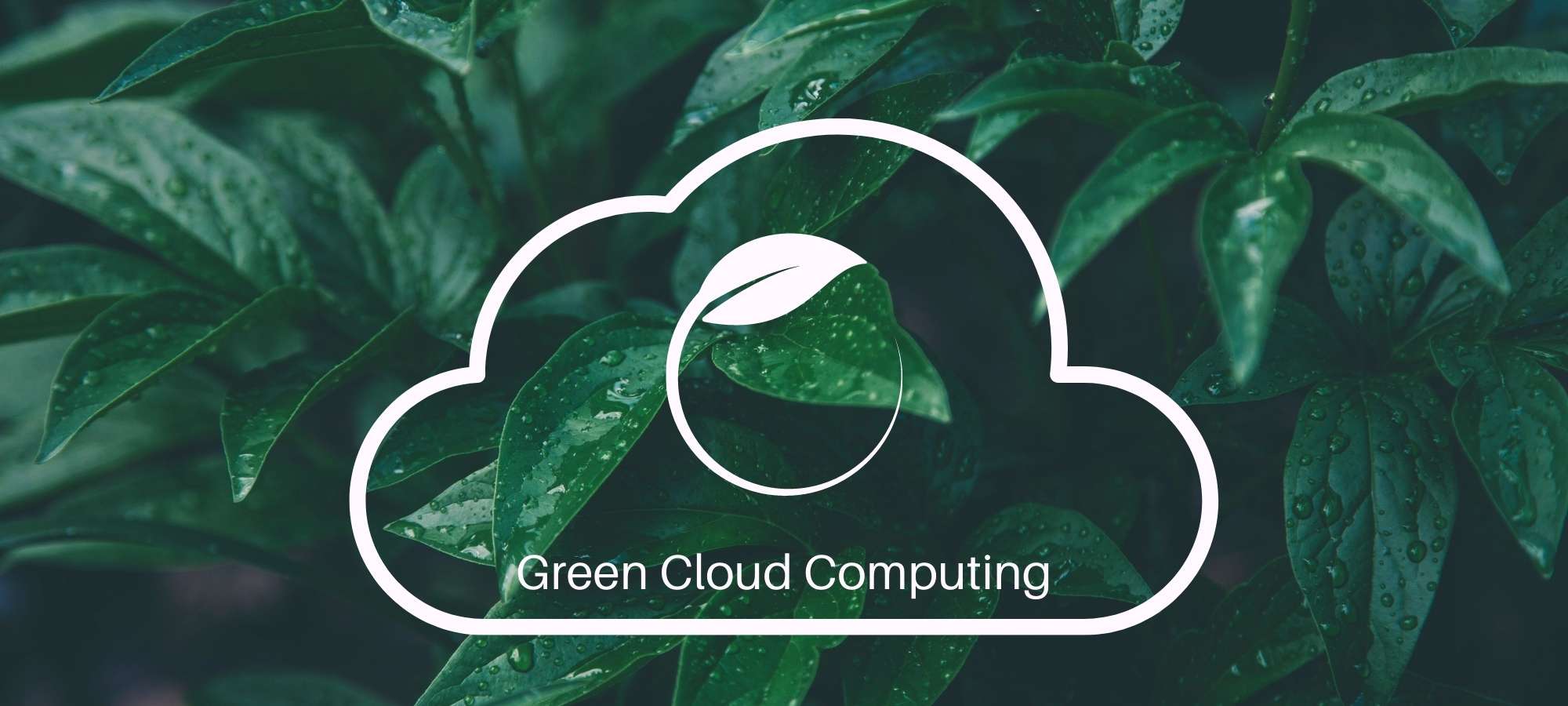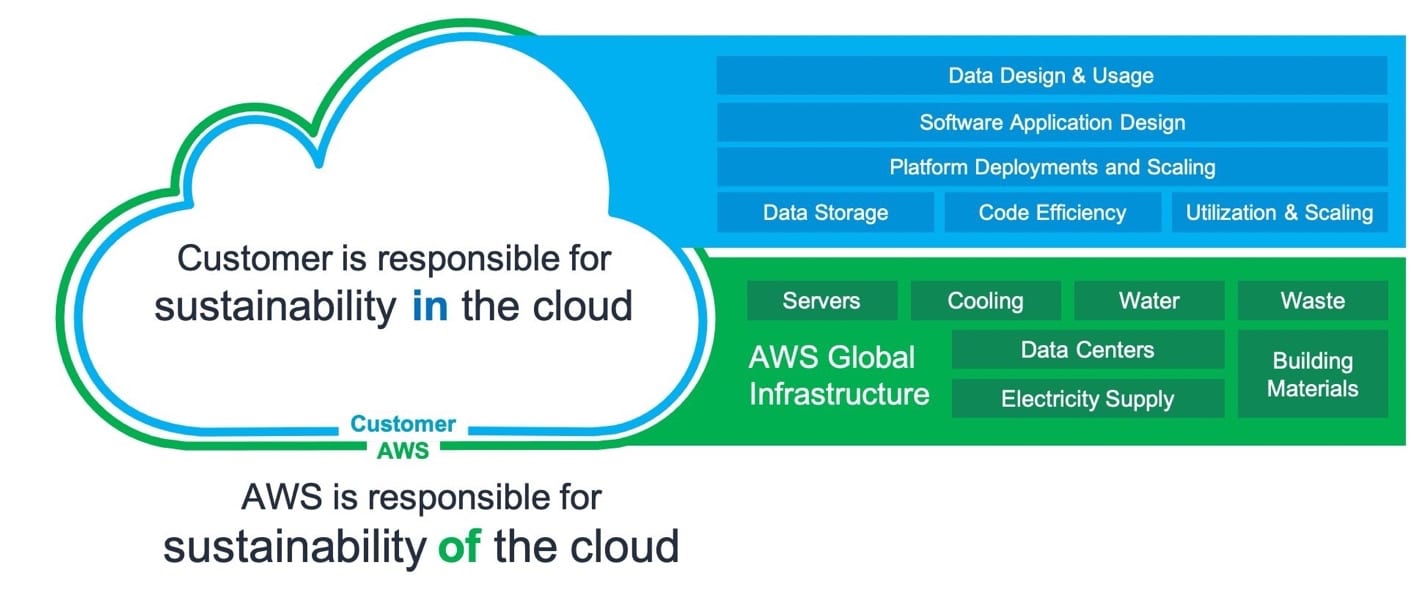

Cloud Engineer, aus Fribourg
Cloud native ist Dino’s Welt! In der Cloud Native Umgebung fühlt sich Dino Zuhause! Er hat bereits etliche IaC-unterstützte Architekturen für verschiedenste Anwendungen erstellt und kennt deren Besonderheiten. Dino ist zertifiziert in:
- AWS DevOps Engineer Professional
- AWS Developer Associate
- AWS SysOps Administrator Associate
- AWS Solutions Architect Associate
- Hashicorp Terraform Associate
#knowledgesharing #level 100
What can each of us do for a greener cloud?
Yesterday, I received an email. I know, we all receive plenty of emails all day. But what I noticed is how it became easy to exchange mails. Before, we had to write it on a piece of paper, put it into an envelope, add a stamp and its delivery would take days. Nowadays, it's easy to send an email. It's light, it's virtual, it's free! And storing a ton of them doesn't require an extra room in your apartment.
I used to have several email boxes including one for trash emails, sorry... "commercial purpose"! They contained more than 200 000 emails because I was lazy and I didn't usually take time to archive or delete them. If I had to store 200 000 letters in my apartment, it would be a completely different story but with emails, I was not bothered. Why am I telling you that? Because I think we all had or still have these kinds of email boxes and they are the perfect example to understand how IT and cloud computing might not be "healthy" for the planet.
For example, with the emails, all the data is stored on servers, servers run using electricity and producing electricity has an impact on the environment. But storage is just a part of the problem. Cooling down the servers and accessing data on them also consume energy. Producing the materials used for the components in these servers can be problematic too. All these make the whole story not really environmentally friendly. Emails are just a tiny piece of the digital resources available today, anything in the cloud may also have an impact on the environment. By 2025, Gartner estimates that over 95% of new digital workloads will be deployed on cloud-native platforms, up from 30% in 2021.
These results are an increase of energy consumption, therefore a substantial increase in carbon emissions in the environment. In this article, we are going to talk about the eco-friendly concept of reducing the consumption of energy, Green Cloud Computing, and how we can all contribute to the environment.
What is Green Cloud Computing?
Cloud Computing - the current status

According to a recent article in Bloomberg, data centers now account for about 1% of global electricity demand, and that’s forecast to rise to 3% to 8% in the next decade. 1 percent of the world's electricity goes to cloud computing!? Wow, that's already huge!
And it goes beyond in the next decade, I think we should be ready for it. Thankfully, the main players in the cloud market have already started taking measures to minimize the environmental impact. Amazon Web Services possesses over one-third of the cloud computing market, making him by far the biggest cloud computing provider. In 2014, Jeff Bezos, CEO of Amazon, announced a long-term commitment to power all their data centers with 100 percent renewable energy by 2025. To achieve this goal, they have already constructed several wind and solar farms. In 2019, Jeff Bezos promised a net zero carbon emissions by 2040 when the year before, Amazon announced it had already achieved 50 percent renewable energy usage across the company when RECs (Renewable Energy Credits) are factored in.
Microsoft’s self-proclaimed goal is to “make the data center disappear” by totally eliminating the environmental impact of its server farms. The company has been carbon neutral since 2012 and, including its RECs, it has run on 100 percent renewable energy since 2014. Without RECs, Microsoft’s data centers run on 60 percent renewable electricity and the company plans to boost this to 70 percent renewable energy by 2023.
Lastly, Google claims that all data processed by Google Cloud has “zero net carbon emissions.” It has the smallest share of the market, but it has arguably done the most to decarbonize its data. In 2017, the company announced it achieved 100 percent renewable energy across all of its operations, including its data centers. Their next goal is to run on carbon-free energy by 2030.
However, achieving zero carbon in the cloud sector requires action from cloud providers and their customers. For example, The Amazon sustainable architecture statement is that:
- They will provide sustainable cloud infrastructure.
- Users also have to change their own development and operational practices in the cloud.
How can we be actors of the green cloud transformation?
The good news is that we can actively make a difference by changing the way we structure our cloud components and reducing the cloud carbon footprint is a win-win for all stakeholders.
- Choose a greener cloud provider: When choosing a cloud provider, make sure that it is a green cloud provider. Select one that is more sustainably powered by renewable energy, or purchases energy attributes like Renewable Energy Credits (RECs) to match the non-renewable energy used by their data centers.
- Empower teams with monitoring and observability: By tracking and optimizing cloud resource usage, your team can reduce costs and, at the same time, the impact of your services on the environment.
- Reduce storage usage: Like in the emails example above, reducing storage usage is a great behavior to have. You can minimize the amount of data stored by auto-archiving logs/files/ database tables sooner, selecting cold storage services for long-term data and deleting any unneeded data sources.
- Improve caching: Optimize your caching strategy at multiple levels (e.g., browser/app client, CDN, application, database) to reduce network traffic and computation. For example, Content Delivery Networks (CDNs) can be used to minimize network traffic, reduce the need to run on demand processes in data centers, and take full advantage of the energy stored in client batteries.
- Take advantage of available computing options: Spot instances on AWS or Azure, and preemptible instances on GCP are a key part of allowing the cloud systems to achieve their high utilization because they give orchestrators and schedulers discretion over when jobs are run. In the immediate term, using them everywhere you can, will make your systems more carbon efficient and cheaper.
- Use Managed Services: There is a real efficiency advantage in high compute density via managed cloud services. Such services, which can share resources between thousands or millions of users, achieve extremely high utilization. Serverless services like Lambda functions or Azure functions are particularly helpful in minimizing the hardware footprint needed upfront and helping directly in capabilities like autoscaling, rightsizing and pay-as-you-go.
Conclusion
Resources on our planet are limited and the environmental situation becomes a critical mission today. As we all live here on Earth, for now at least, we are all actors in maintaining our environment clean. As cloud computing is more and more present in our daily lives and in our ways to work, we have our share of responsibility in green cloud computing. You may be part of the actors defining the digital products or you are a user of them, or both. Either way, there is always a way to contribute to a greener cloud.
As for me, as a product user, it may not be that big, but I already deleted a few of my mailboxes to keep only two, one personal and one professional. And for a lot of emails on them, I used a very drastic measure, I deleted all the emails older than three months that were not labeled "important". Will I miss something? Well, if it was really important then people would send me another email. I also "unsubscribed" myself from all the commercial emails that I receive and don't read. It might seem small, but it's the first step.
And you, what is your first step towards a cleaner cloud computing?



